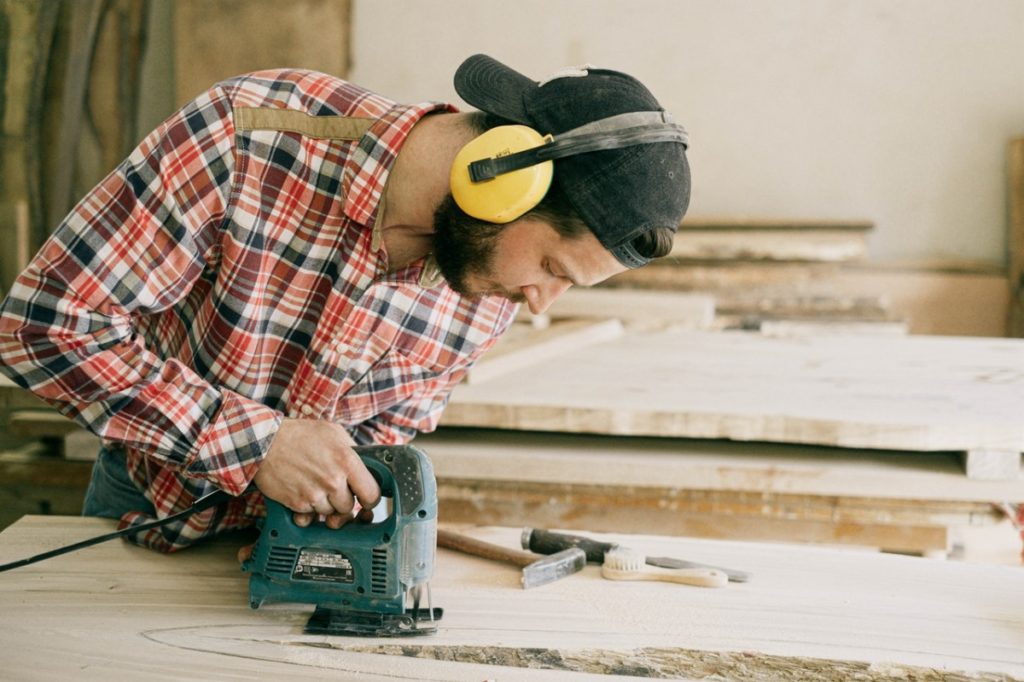It’s a no-brainer that house maintenance should be a top priority for any homeowner. The problem is, it’s one of those tasks that are often overlooked. Most people are busy with work, going out for fun, often forgetting to take care of their own living space. And this leads to? Expensive house repairs.
Without proper planning and budgeting, you can have a serious add-up to your monthly expenses. And that’s definitely not good news, especially if you’re on a limited budget. To help homeowners out there avoid such costly work, we’ve compiled several tips on how to save money.
1. Create a realistic estimation of costs
In terms of estimating the costs of home upkeep, it is safe to save at least 1% of your home’s value per year. For example, if you own a $200,000 house, it’s best to set aside a minimum of $2,000 per year. Another option you have is to set aside 10% of the total cost of your home insurance payments, mortgage, and property taxes. Let’s say the total cost is about $3,000; you should sock away $300 a month for maintenance. Other factors to consider are the region or geography of your house, as well as the elements that impact the wear and tear of your space and appliances.
2. Conduct routine inspections
You can readily avoid catastrophic appliance or system failures by carrying out regular inspections around your home. Be proactive. These inspections are essential for identifying and addressing repair or maintenance issues at the earliest stage possible. Make sure to check every part of your home in and out, particularly the least-obvious areas. These include fly screens, eaves, drop or guttering pipes, ridge capping, fascias, and exterior window sills. In case you have no time to do all these, you can avail of a maintenance inspection service every six to 12 months.

3. Do it yourself
Only if you have the necessary skills, knowledge, and equipment can you DIY. Nevertheless, there are some simple fixes that you can perform without the help of professionals. These include unclogging a drain, painting the walls, tightening dripping faucets, replacing shower head and light fixtures, patching drywall, and so on.
Hiring experts to do these things can readily cost you about $40 to $75, so be smart. Always consider the difficulty of the work and how handy you are. If you have doubts, just call on a trusted expert to do it rather than causing more expensive repairs due to poor repair work.
4. Hire experienced contractors
Talking about hiring professionals, doing so can save you money in the long run. Reliable home maintenance or repair companies have insurance and licenses that will protect you from additional costs to redo poor-quality work later on.
Some of the home maintenance or improvement work you should leave to the experts includes installing roofing systems, leaf gutter protection systems, flooring, wiring, and plumbing systems. Ensure quality installation, repair, or replacement by finding a contractor with a great track record and reasonable pricing structure.
5. Cut down energy bills
This is too obvious, but it’s surprising that not many homeowners actually care about lowering their energy expenses. Among the biggest culprits of hefty utility bills are the heating and cooling systems. That said, make it a point to always check the seals on appliances, doors, and windows. Energy will seep out if there’s a bad seal. You can also adjust your freezer’s temperature up to 5 degrees and your fridge to 38 degrees, and fix the leaky ductwork on your HVAC system.
As for lighting and power, it’s best to do an energy audit to figure out how you can efficiently lower your usage. Generally, swapping out the lightbulbs with LED lighting fixtures or compact fluorescent can save you about $75 a year. Or you can go with dimmer switches to save electricity, as well as set the mood and brightness in the room.
Furthermore, be sure to ask your electric company in case they have specific hours when the rates are lower. That’s when you could run your dishwasher or do your laundry. If this isn’t applicable to you, just consider other energy-saving approaches like installing a programmable thermostat to minimize inessential wear on your heating and cooling system.
Keeping your home in top shape takes a lot of effort, time, and discipline. Hopefully, with our tips, it will be easier for you to save money on costly maintenance or repairs soon. Maintain the great value, comfort, and aesthetic of your home by taking one money-saving maintenance task at a time.

